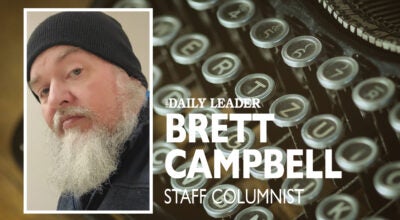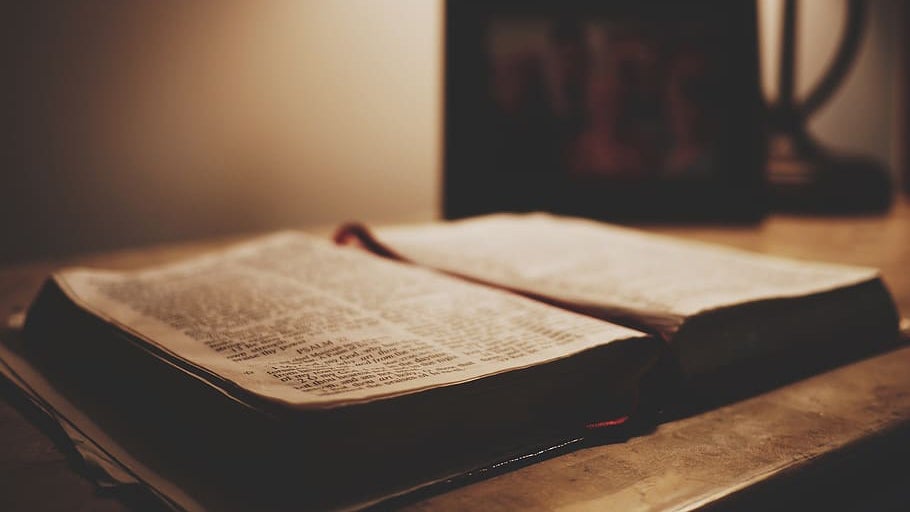Midway: Luck or something else?
Published 5:00 pm Thursday, November 7, 2019
Just in time for Veteran’s Day, Hollywood is releasing what it promises to be a blockbuster new movie centered around the World War II Battle of Midway, and those predisposed to see a providential hand from time to time in the affairs of man can have a field day with the history-shaping events which took place on and around a tiny Pacific island in June 1942.
Only six miles in diameter, Midway Island was a glorified patch of coral and sand, which strictly as a matter of geography and strategic ambition was destined to be the site of what historians who can agree upon little almost unanimously agree changed the entire course of World War II.
Just over six months after achieving one of the most definitive naval victories of all time at Pearl Harbor, the Imperial Japanese Navy was still basking in its glory, and its military genius commander Admiral Yamamoto, educated in America and architect of the Pearl Harbor attack, knew that if his island nation was to defeat the United States, it had to completely destroy what remained of the once-proud Pacific Fleet before its potential military industrial might could be brought to bear in the war effort.
Because they had been delayed by bad weather returning to port, America’s four Pacific Fleet aircraft carriers had escaped the Pearl Harbor devastation, and Yamamoto hoped to engage them in a battle with superior forces that would give the Japanese Navy free reign in the entire Pacific, and possibly even force the Americans to sue for peace.
One of those carriers had been lost and another damaged at the Battle of the Coral Sea (essentially a “draw” strategically) and Yamamoto had devised a plan to force what was left of the American fleet into a defining battle by staging a pair of invasions — the Aleutian Islands to the north (primarily as diversion) and Midway,
Midway Island lay 1,100 miles North-Northwest of Pearl Harbor and represented the last American outpost between Japan and the Hawaiian Islands. Yamamoto thought his coordinated attacks would surprise, but strictly through what he would later call “a hunch,” an American intelligence officer was able to break the Japanese naval code, giving the battered U.S. naval forces an advantage they desperately needed — where the attack would come.
Because the Japanese advantage in firepower was significant.
Before the battle began, the Japanese had four carriers to the Americans’ three, one of which was still damaged and just out of dry dock. The Japanese had 13 cruisers; the Americans had eight. The Japanese had 45 destroyers; the Americans had 20. The Japanese had seven battleships; the Americans had none. The attack force also had 12 transport ships loaded with 5,000 troops to invade and capture the island.
Under normal circumstances, Japanese victory seemed highly likely. But there was to be nothing normal about this battle.
First, more bad weather delayed the task force, giving the Americans time to deploy their ships in the most favorable location for what would turn out to be their ambush.
The Japanese commander, Vice-Admiral Nagumo, was skittish, fearing just such an ambush by the surviving American carriers, but absent any intelligence to indicate such. He launched 104 of his planes to attack Midway, forcing himself to remain in place until their return. He also ordered a scout plane launched to search for any American ships.
But an American scout plane spotted Nagumo’s force first, and the three American carriers, Hornet, Enterprise and Yorktown, launched their planes — first torpedo planes, followed by dive bombers with fighter escorts.
It did not go well, early.
Hornet’s Torpedo Squadron 8 lost all 15 of its planes and failed to score a single hit. Of the 41 torpedo planes launched by the three carriers, only six returned and not a hit was scored. Dropping torpedoes from planes in 1942 was not an exact science.
Nagumo, now alerted, ordered the planes lining the ships of his carriers to switch armaments from bombs to torpedos in order to engage the American carriers.
Hence, the decks of his ships were stacked with bombs when the dive bombers came. Slanting down at 70 degrees and 280 knots, in two minutes, the dive bombers effectively won the war in the Pacific by blowing up the Japanese ships with their own bombs.
Three of the carriers which had ravaged Pearl Harbor, Akagi, Kaga and Soryu, were left burning hulks in the water. A fourth, Hiryu, sailing alone to the north, would later be found and sunk, as well.
Meanwhile, in a final irony, the Japanese scout plane indeed found the American carriers, but its radio transmitter malfunctioned and could not send a signal.
In one shattering moment, the Japanese advance in the Pacific was stopped, never to be regained and Yamamoto’s fears were realized. The Battle of Midway marked the first decisive defeat suffered by the Imperial Navy in centuries.
We got lucky. Or did we?
Ray Mosby is editor and publisher of the Deer Creek Pilot in Rolling Fork.





